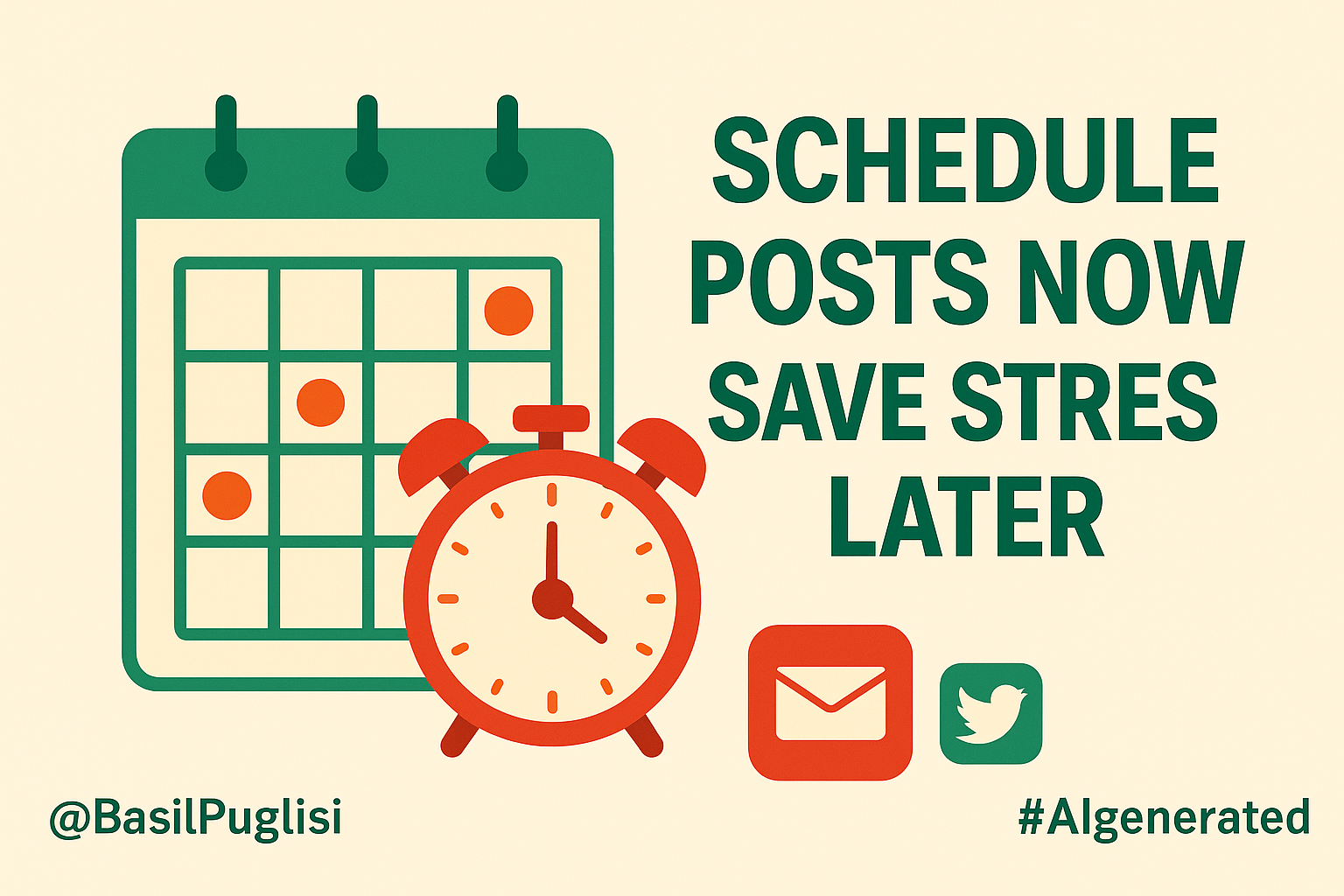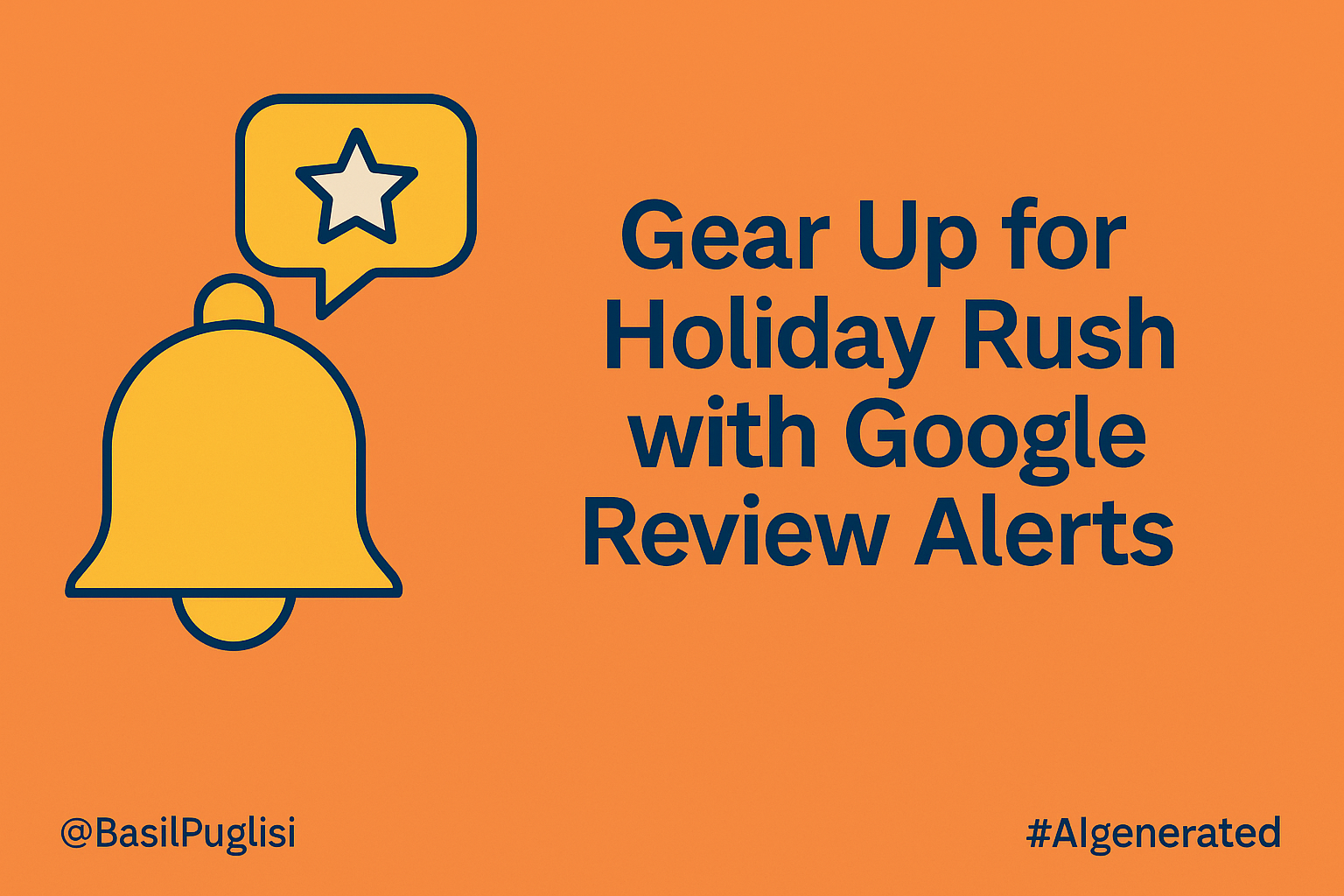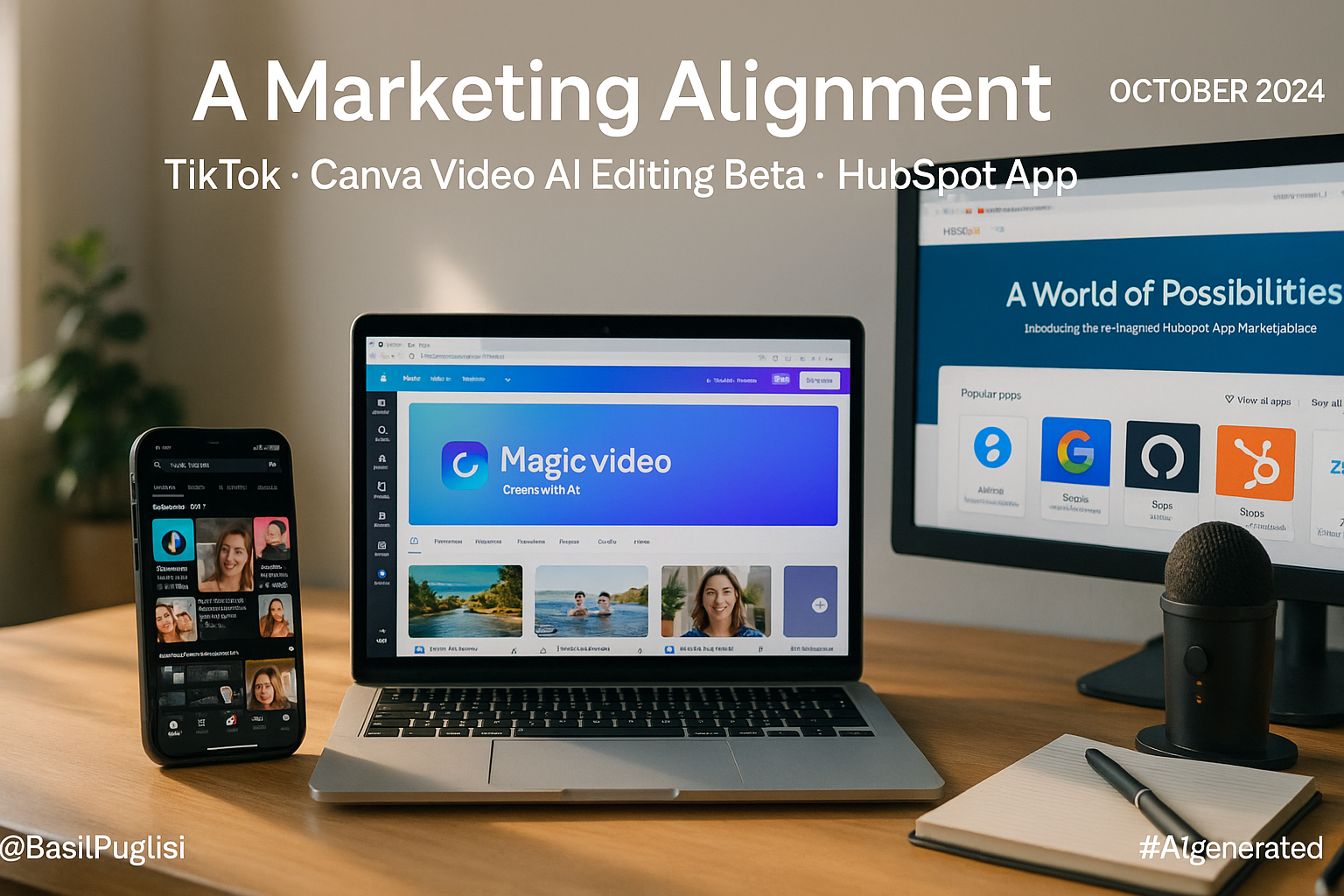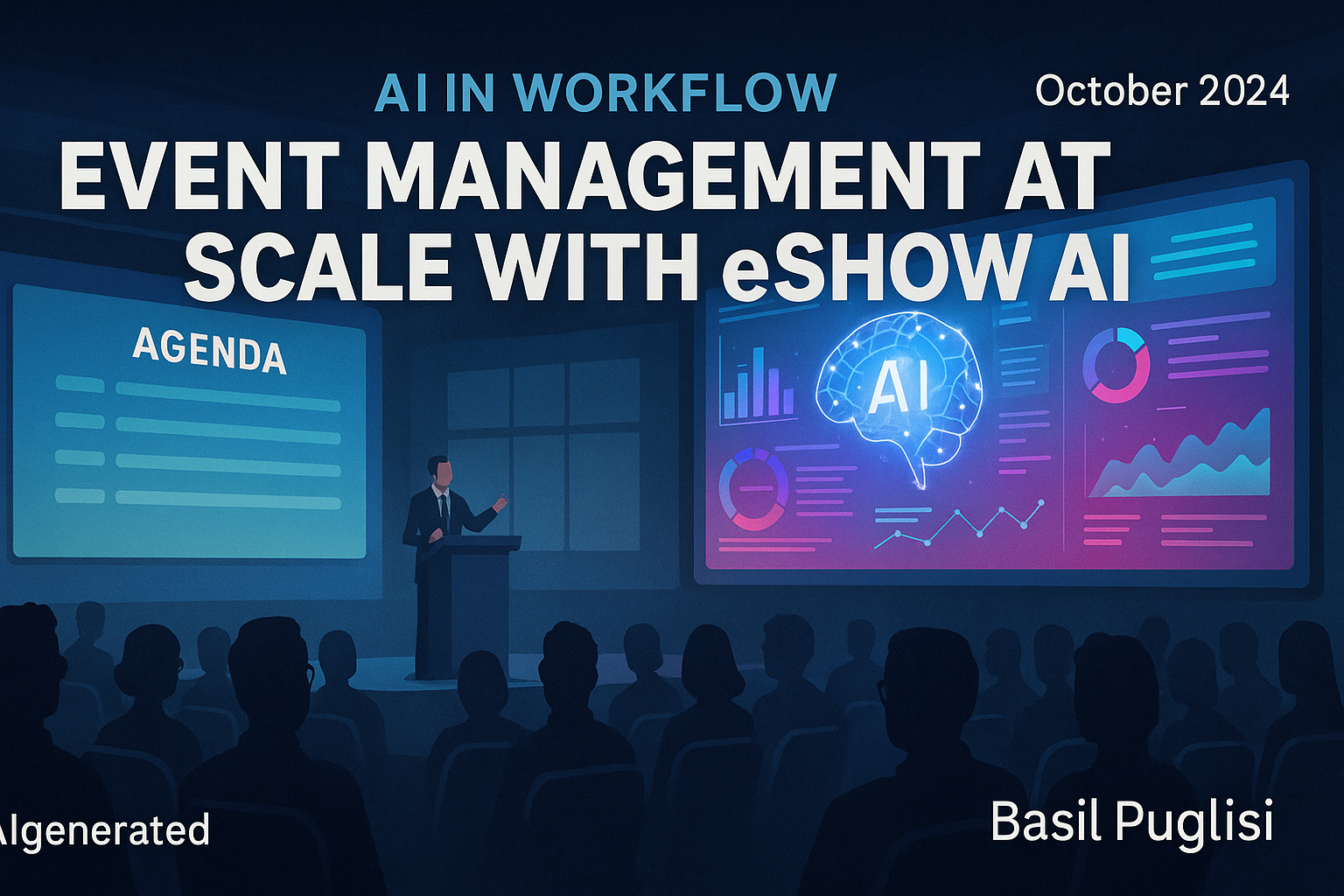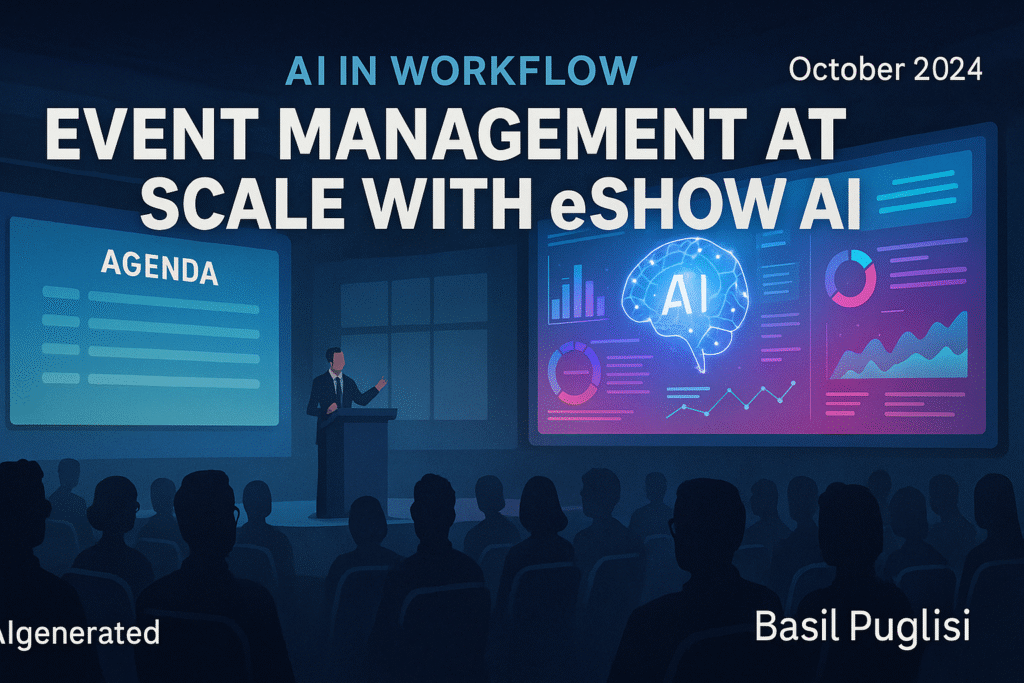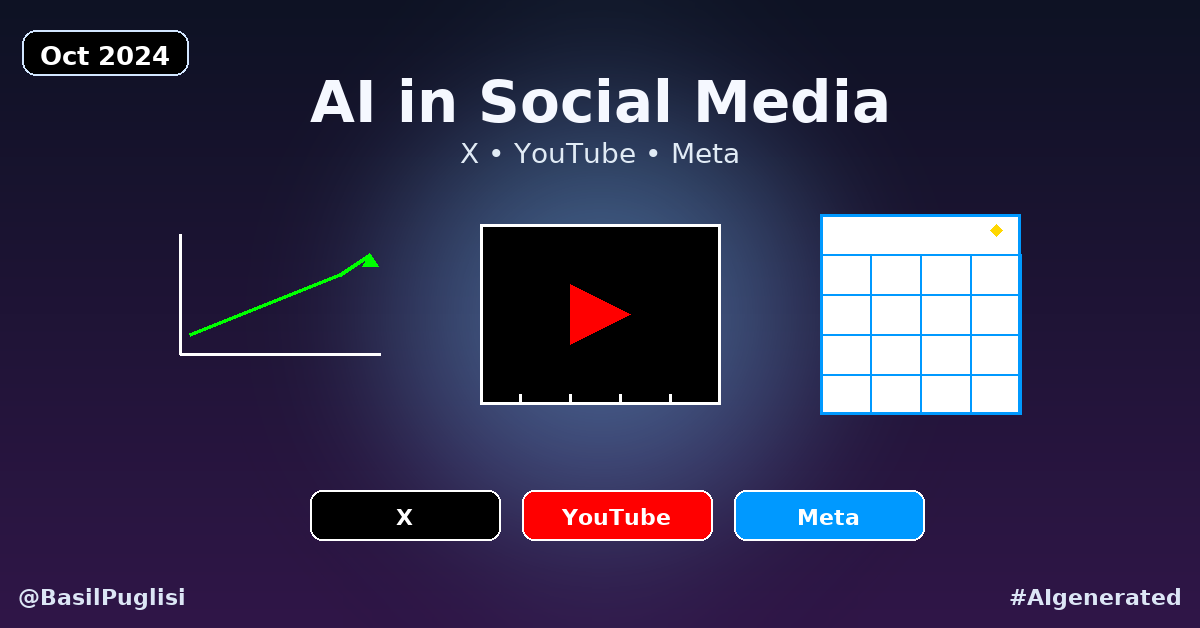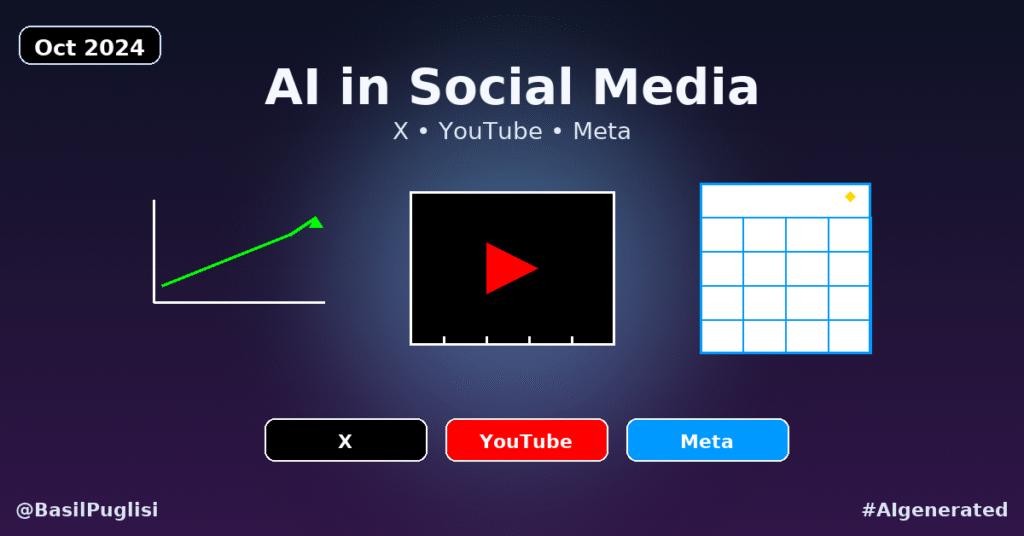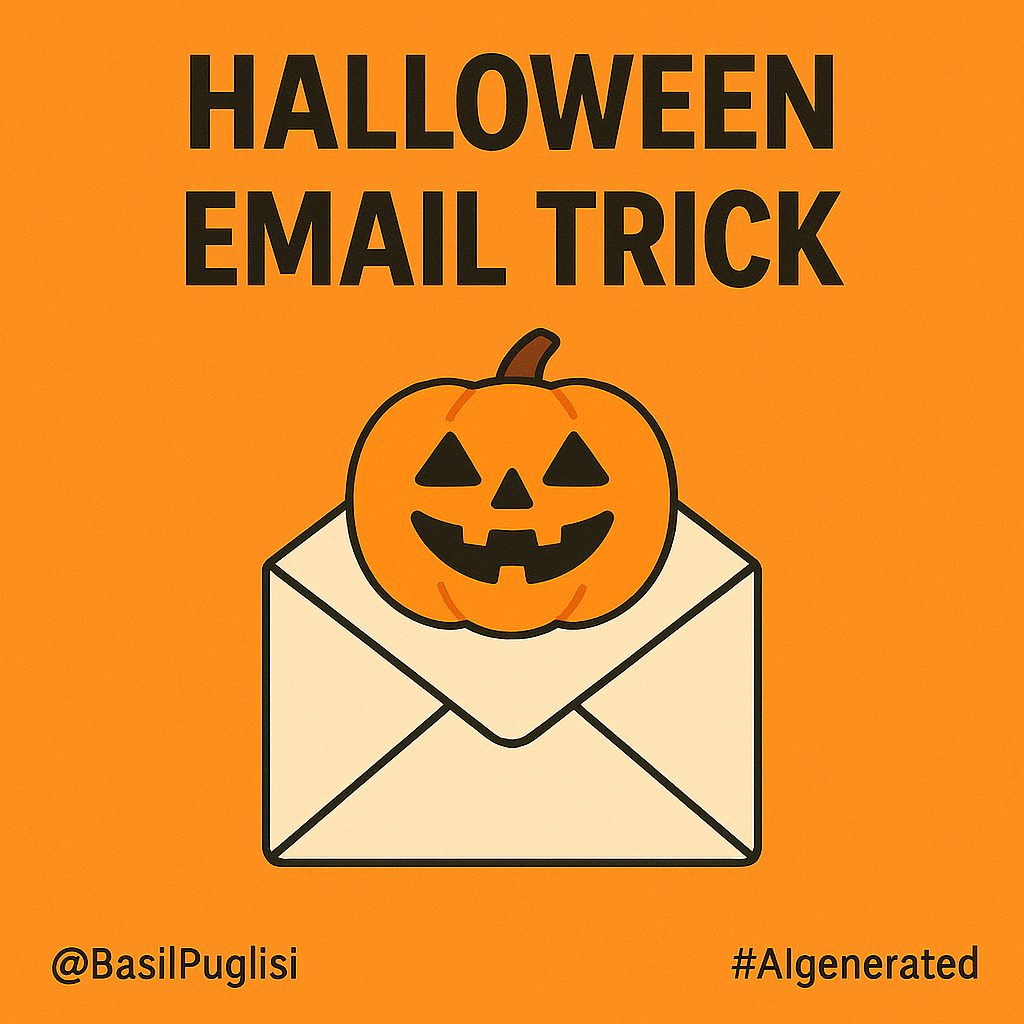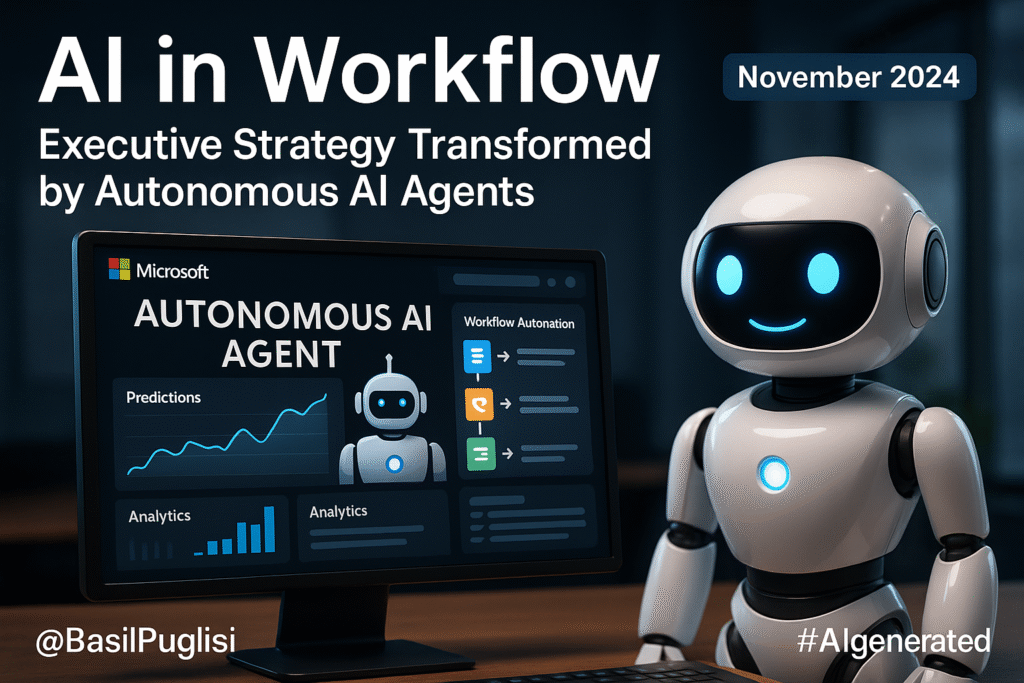
What Happened
In October 2024, Microsoft launched a new class of autonomous AI agents capable of executing complex business processes end-to-end without ongoing human intervention. Positioned as a direct competitor to Salesforce’s Agentforce, these agents are designed to operate across multiple enterprise functions—from operations and sales to customer service—using predictive planning, data-driven decision-making, and integrated workflow execution. This move marks a significant step toward embedding AI deeper into strategic decision cycles, not just tactical task management.
Who’s Impacted
B2B – Enterprise leaders gain the ability to delegate multi-step operational workflows to AI, freeing human teams to focus on high-value strategy and innovation.
B2C – Customers experience faster resolution times, more consistent brand interactions, and improved personalization as processes are streamlined by AI.
Nonprofits – Lean organizations can automate administrative and outreach workflows, allowing more resources to be dedicated to mission-focused initiatives and stakeholder engagement.
Why It Matters Now
Fact: Autonomous AI agents enable enterprises to complete processes from start to finish without human handoffs.
Tactic: Identify one or two low-risk, high-value workflows—such as invoice processing or lead qualification—to pilot autonomous execution and measure efficiency gains.
Fact: Predictive planning features allow AI to anticipate needs and allocate resources accordingly.
Tactic: Integrate predictive models with CRM and ERP systems to improve forecasting accuracy and operational agility.
KPIs Impacted: Process automation rate, workflow completion time, operational cost reduction, customer resolution time, forecast accuracy, strategic initiative throughput.
Action Steps
- Select pilot workflows with clear success metrics and minimal compliance risk.
- Define measurable KPIs for agent performance and assess quarterly.
- Integrate autonomous agents into existing tech stacks for seamless execution.
- Establish governance protocols for exception handling and oversight.
“When AI takes over the execution layer, leaders can focus on steering strategy instead of managing steps.” – Chat GPT
References
GeekWire. (2024, October 21). Microsoft unveils new autonomous AI agents in advance of competing Salesforce rollout. Retrieved from https://www.geekwire.com/2024/microsoft-unveils-new-autonomous-ai-agents-in-advance-of-competing-salesforce-rollout/Disclosure:
This article is #AIgenerated with minimal human assistance. Sources are provided as found by AI systems and have not undergone full human fact-checking. Original articles by Basil Puglisi undergo comprehensive source verification.

